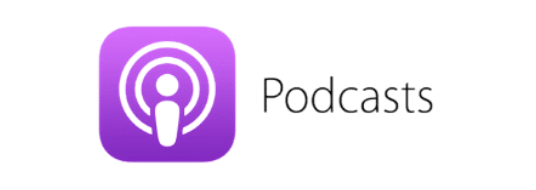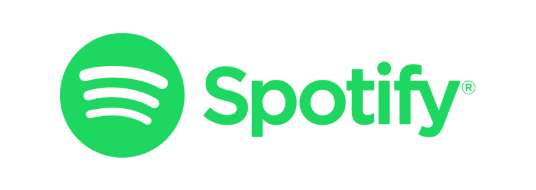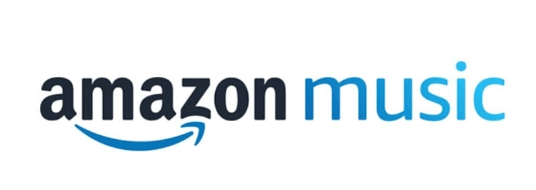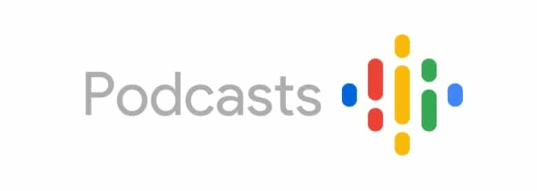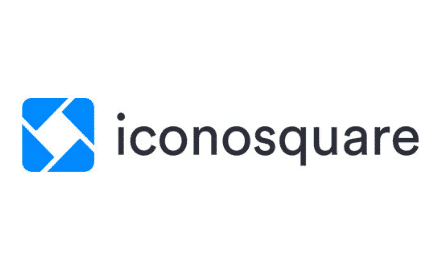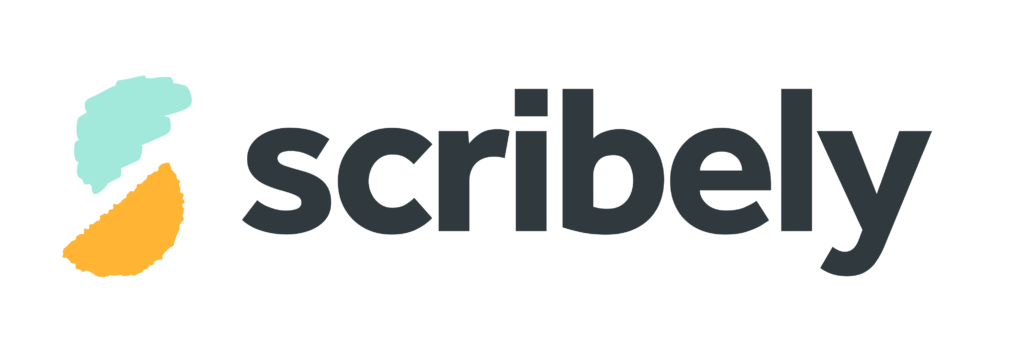Introduction
In this interview, I was joined by Shelley Hutchinson, one of the UK’s top LinkedIn Marketing Experts. She is the founder of Client Nectar and is passionate about helping her clients to learn how to use LinkedIn to rapidly grow their client numbers and business, often tripling their revenue in just a few months.
Business owners describe Shelley’s LinkedIn approach as the fastest approach to lead generation through LinkedIn. Over the past 6 years with her business Client Nectar, Shelley has helped thousands of coaches, consultants and business owners.
She has sold over £1 million of her coaching programs. She attributes her success with her clients to delivering high quality trainings that combine (online) marketing with mindset coaching and authentic sales training.
What You’ll Hear
- [1:39] About Shelley and her background
- [2:55] Why so many entrepreneurs struggle with online marketing
- [3:55] Shelley’s best advice for a new business owner
- [6:10] Why LinkedIn is a valuable lead generation tool
- [9:22] The types of businesses that benefit from using LinkedIn
- [10:32] Shelley’s top three tips for finding high-quality prospects
- [12:27] How to stand out on LinkedIn
- [15:20] The best way to do LinkedIn outreach
- [17:50] How often to post on LinkedIn
- [20:50] The most interesting place Shelley has visited
- [21:30] Final comments
Proudly Sponsored By:
About Shelley and Her Background
Shelley says she got into teaching marketing to coaches and business owners by accident. She’d worked as a psychotherapist for 10 years, and found a lot of other therapists coming to her for advice on how to grow their businesses.
That evolved from a side hustle into a business, and Shelley realised she needed to take it further. She wanted to help more business, and combine it with what she’d learned as a marketing lecturer for a university.
When business owners get to grips with marketing, they really understand their numbers and can see how to grow their business and develop their offerings. That’s really exciting for them.
Why so Many Entrepreneurs Struggle with Online Marketing
Shelley says they don’t understand how it works and how to use online platforms to generate meetings and find business. As a psychotherapist, Shelley didn’t use a computer, so she puts herself in her clients’ shoes and looks at the challenges from that point of view. Once people start to see the key steps, they start to succeed.
Shelley’s Best Advice for a New Business Owner
Shelley says, “If you’re just starting out in business you need to focus on getting leads. And by leads we mean people. You need to focus on activities that will get your customers, and keep your costs as low as possible. Ask yourself – what is the quickest way for me to find customers and make money in the business?’”
If you’re focusing on the fun stuff, you’re not running a business; you’ve got a hobby. The longer you spend at the R&D stage, the longer you’ll be in the hobby stage, and that costs you money.
Shelley encourages her clients to become profitable in business as quickly as possible so they can move forwards and know their business is viable. The longer you have a hobby, the harder it is to convert that into a successful, thriving business.
Even one or two customers is a start. You can develop your services as you go, because you don’t need to have them ready before you start selling. You’ve got time to get them right.
Why LinkedIn is a Valuable Lead Generation Tool
There are some key elements to LinkedIn that you don’t get on other platforms. And in comparison to Facebook and Twitter, the platform is actually growing, and there aren’t any terms of service issues either.
From a business perspective, you can access higher-calibre clients on LinkedIn that you can’t get elsewhere. You can’t get to C-suite executives on Facebook. If you’re B2B, it’s a no-brainer. These are the people who will pay you what you charge. They want specific results as quickly as possible, and they’ll pay to get that.
You don’t need to pay for ads, either. You can find clients and grow clients organically, which isn’t the case on Facebook or Instagram. It’s entirely free to use LinkedIn, which will keep your costs down.
With Facebook, you have to pay to play. It’s fine if you’re in a growth stage and have the money to invest in Ads, especially if your audience is there. But you can’t grow organically on there anymore.
The Types of Businesses That Benefit from Using LinkedIn
All different types of businesses can benefit from being on LinkedIn, and Shelley says people are often surprised by the wide range of companies on the platform. She works with coaches and consultants who work both B2B and B2C, small businesses, product retailers and more.
Shelley’s Top Three Tips for Finding High-Quality Prospects
The first thing is to get an account on LinkedIn, and if you have one, log in! Look at whether or not it’s up to date. Tip two is to make sure that your profile is relevant to your current work.
It needs to talk to your ideal clients and show them how you can solve their problems. Your headline needs to address these directly, and your ‘about’ section explains in more detail exactly how you help people. Your experience section should back this up.
Thirdly, start building your connections with your ideal clients. Until you do this, you’re not going to get clients on LinkedIn. Find your ideal clients, send them some messages and connect with them.
How to Stand out on LinkedIn
There’s a lot of noise and spam on LinkedIn, so it’s important to be able to stand out. Shelley says to treat people like humans. Whenever you send a message, put yourself in the shoes of your ideal client; the person who’ll receive it.
How would you feel if you were on the receiving end? Would it make you feel good or would you feel sold to? You can be quite specific on your messages, but focus on building a relationship rather than getting a sale.
You want to help and be of service, and demonstrate what would help them. Offer them some time to talk through how they could solve their problems. Come from a place of helpfulness and people won’t feel like they’re being sold to.
The other thing is to do your homework and drill down on who your ideal client is. The reason many of us get frustrated on LinkedIn is when someone sends us a message that’s not relevant. Shelley gets a lot of messages asking if she needs help with her LinkedIn marketing!
The Best Way to do LinkedIn Outreach
Shelley says taking the work manually takes time, but automating outreach violates LinkedIn’s T&Cs, and they’re cracking down on people who are doing it. There’s a likelihood of suspension or even having your account closed permanently.
If you’re using LinkedIn regularly to generate leads, it’s too much of a risk to use an automation tool. Once you’ve got an outreach system working, you can hire a VA to do it for you.
However, in the beginning Shelley says to send messages yourself, to make sure your funnel is working and people are accepting connection requests and converting to appointments.
I asked Shelley about LinkedIn groups, and she admitted that LinkedIn groups have fluctuated in terms of usefulness in recent years. “Early on, they were very busy and full of people engaging with each other. you find there are big differences between groups, and that’s why I don’t use them.”
How Often to Post on LinkedIn
Shelley says you want to take advantage of organic reach on LinkedIn. How much your post is seen depends on how many likes, comments and shares you get in the first hour after you post. LinkedIn’s algorithm will tot up your score and show it to a corresponding number of people.
As a starting point, you should post three times a week. You need to give each post time to get round and be seen, and if you post more frequently you’re cutting off the engagement and views on earlier posts.
Focus on content that will help inform your connections and ideal clients about their biggest problems and how they can solve them. That will bring inbound leads and enquiries. If you create content that gets a lot of engagement but doesn’t tell people how you’ll help them, that won’t generate leads.
The Most Interesting Place Shelley has Visited
Shelley says parts of Northern India were magical and fascinating, particularly Rajasthan. “The cities, such as Jaipur and Jodhpur, are magnificent. They have huge forts up in the hills, and Jodhpur is known as the ‘Blue City’. It all assaults your senses – the food, the clothes, the people. It’s all incredible.”
Final Thoughts
Shelley has a free, 60-minute LinkedIn training which walks you through her seven steps for generating leads:
www.clientnectar.com/linkedin-webinar.
You can also connect with her on LinkedIn

Sponsored By:
Do you feel that you lack the design know-how and can’t afford to pay expensive graphic designers? Introducing Piktochart, an all-in-one visual content creation tool.
Easily turn any text- or data-heavy content into professional-grade infographics, presentations, reports, and prints in under 30 minutes. Sign up for free at www.piktochart.com



